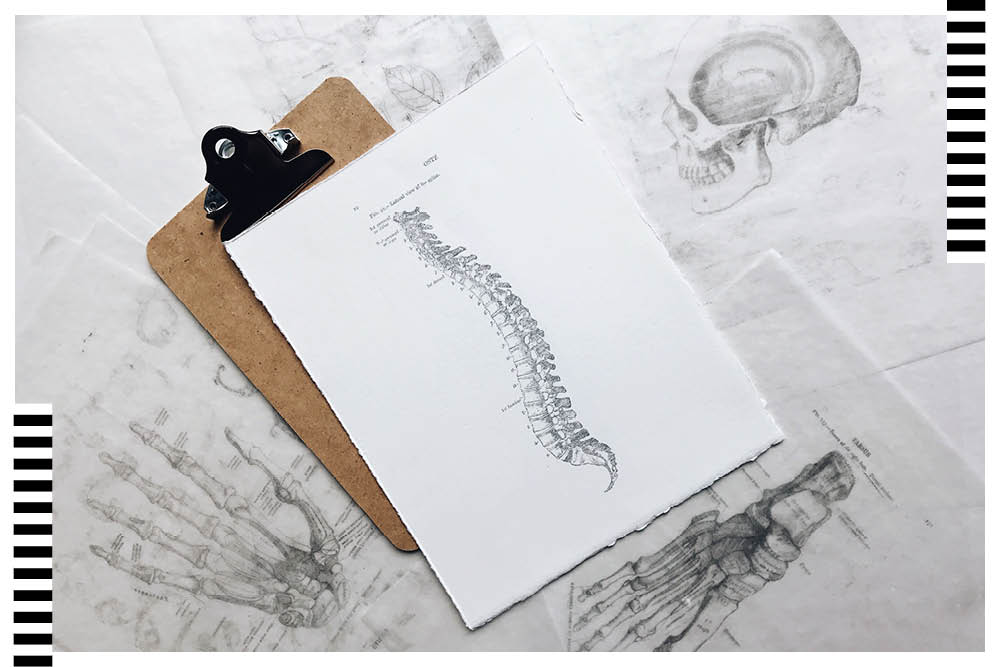Lower Back Pain: Five Prevention Tips for Millennials

A debilitating ailment that can strike at any time, the lower back is the most common cause of job-related disability, according to the National Institute of Neurological Disorders and Stroke. As an Osteopath and Naturopath, I’m used to seeing lower back pain most prevalent amongst the over fifties. However, there’s recently been a rise in the number of millennials wanting help with this issue.
The Millennial Lifestyle
Lower back pain can, of course, be the result of an injury such as a sporting sprain or strain. Or it can be triggered by an underlying, untreated chronic symptom/s, often very mild and transient, which has been influenced by long-term lifestyle factors.
The current cohort of 20-40-year-olds is the first true ‘digital generation.’ They make up the largest generation in the workforce in the UK. They are also the people most likely to be found hunched over computer screens, in the gym lifting heavy weights and – thanks to COVID-19 – now working from home at make-shift desks.
Given these lifestyle factors, it’s not surprising that Millennials are increasingly suffering with lower back pain. And in our youth we often consider ourselves invincible, so we tend to ignore warning signs such as pain and are often not sufficiently patient with our body’s need to allow time for recovery.
Tips for Prevention
Prevention is clearly the best option when it comes to lower back pain. Here are some of my top tips for avoiding this painful condition:
1. Watch your Posture
Posture is key when it comes to keeping your back in tip top condition. Avoid slumping in your chair or on the sofa and don’t hunch over your desk.
Also, watch out for tech neck. This 21st century phenomena puts unnecessary pressure on your shoulders and back and is caused by resting your chin on your chest whilst looking at a phone or computer screen. If you work from a laptop then raise it so that the screen is at eye level.
2. Take a Stand
Take breaks from your work. Try to get away from your screen, stand and move about every 30 minutes or so to get your back muscles into action.
Consider active dynamic sitting, which is where your seating allows or encourages you to move, increase your stability and strengthen your core abdominal muscles. There are a variety of specially designed seats on the market to improve postural health and the abdominal muscles. I use the ‘Swopper Chair’ and would highly recommend it.
3. Exercise, exercise, exercise
It’s so important to work out the muscles in your abdomen and back. That’s because these are the core muscles attached to the spine or pelvis that help us to stand, move and go about our daily life. Just make you do so safely. If you are lifting weights, be sure to bend at the hips and not your back.
4. Try to relax
As a trained Osteopath and Naturopath with more than 25 years in the industry, I know there’s a close link between physical, mental and emotional health. Problems originating in one place can often show up as referred pain in another.
Some people manifest stress in their minds, others manifest it physically and some will do both. This causes us to tighten our muscles, particularly around our shoulders and down our spine. We all unwind in different ways but my advice would be to find yours and make time for it!
5. Check out your sleeping situation
We spend a third of our lives sleeping. So, it’s definitely worth spending money on a good mattress for your back. And do be aware that a divan mattress will support your mattress and back whereas slats do not.
Still suffering with lower back pain? Request an appointment online.
Robin Kiashek is a London based Osteopath and Naturopath with clinics in Soho and East Finchley. He is registered with The General Osteopathic Council and The British Naturopathic Association, and has expanded his breadth of expertise to encompass a range of therapies, including Low Level Laser Therapy, Western Acupuncture, Autogenic Training and Neuro Linguistic Programming (NLP).











